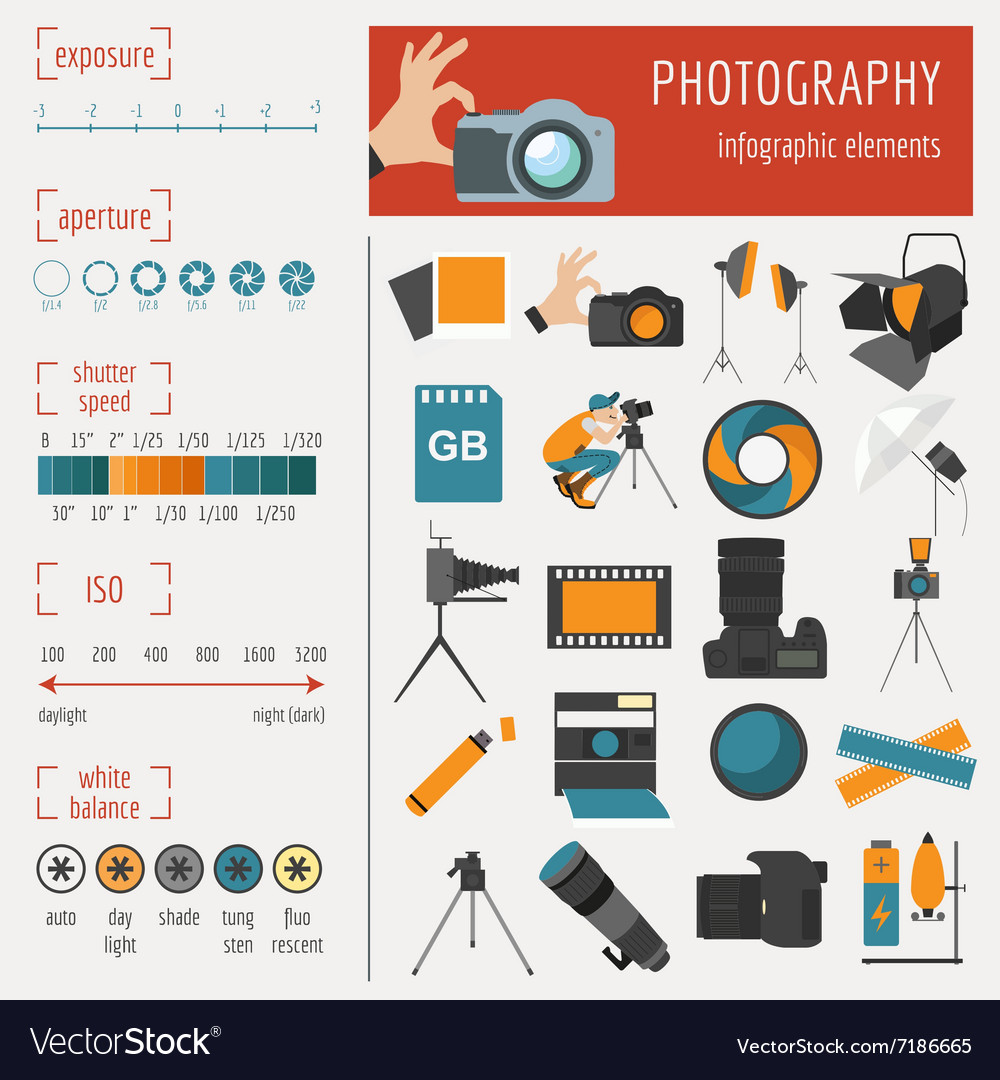Join Us To Find Necessary Photography Tips That Will Unlock Your Electronic Camera'S Potential-- Prepare To Catch Stunning Photos In No Time!
Join Us To Find Necessary Photography Tips That Will Unlock Your Electronic Camera'S Potential-- Prepare To Catch Stunning Photos In No Time!
Blog Article
Team Writer-Lundgreen Odgaard
When you first grab your camera, it can really feel overwhelming with all the settings and alternatives available. You may find yourself wondering how to browse aperture, shutter rate, and ISO efficiently. Understanding these basics is vital, yet there's even more to photography than just technical knowledge. Comprehending composition techniques and lighting conditions can raise your pictures significantly. So, what if you could find out basic techniques to improve your abilities and begin recording outstanding photos sooner than you believe? Let's explore how to transform Medical Residency headshot .
Understanding Video Camera Setups
Understanding your camera setups is vital for catching magnificent photos. When you grab your cam, familiarize yourself with the 3 major setups: aperture, shutter speed, and ISO. Each plays an important function in just how your images end up.
Start with aperture, which regulates the quantity of light going into the lens. Best professional photographer near me (lower f-number) allows a lot more light and produces a stunning history blur, best for pictures. Alternatively, a narrower aperture (higher f-number) keeps more of the scene in focus, ideal for landscapes.
Next off, focus on shutter rate. This setting establishes how long your cam's sensing unit is revealed to light. A quick shutter speed ices up motion, which is fantastic for activity shots, while a slow shutter rate can develop stunning effects like smooth water in landscapes.
Finally, adjust your ISO. This setup influences your cam's sensitivity to light. A greater ISO serves in low-light circumstances but can present sound or grain. Aim for the lowest ISO possible while still achieving correct exposure.
Composition Strategies
When you're out shooting, composition can make all the distinction in how your pictures resonate with viewers. Begin by using the policy of thirds; imagine your framework separated right into nine equivalent areas with 2 horizontal and 2 vertical lines. Setting https://techcrunch.com/2020/03/19/home-diagnostics-startup-everlywell-is-launching-an-at-home-coronavirus-test-sample-kit/ along these lines or at their junctions to develop equilibrium and interest.
Next off, take into consideration leading lines. These all-natural lines in your scene, like roads or rivers, draw the audience's eye right into the photograph, guiding them via the tale you're informing.
Don't forget mounting; use components within your scene, like trees or home windows, to create a frame around your topic, adding deepness and focus.
Also, watch on your background. A cluttered history can distract from your main subject, while a simple one aids it stand out.
Last but not least, try out symmetry and patterns; they can produce a striking image that records attention.
Learning Lighting Issues
Understanding lights conditions is important for catching stunning pictures, as the best light can change a regular scene into something amazing.
Start by observing all-natural light at various times of the day. Early mornings and late afternoons supply the best light, known as the golden hour. The soft, cozy tones throughout these times can improve your pictures wonderfully.
Do not shy away from cloudy days either; diffused light can reduce harsh darkness and produce a pleasing impact, specifically for pictures.
Trying out backlighting by placing your subject against the light. This method can develop a fanciful halo impact and include depth to your photos.
Environmental photographer on your video camera setups also. Readjust the ISO, aperture, and shutter rate to fit the illumination conditions. A higher ISO can assist in low light, but be cautious of grain.
Use a tripod in darker settings to avoid blur.
Lastly, don't fail to remember artificial lighting. Flash and constant lights can be wonderful tools for controlling light in difficult problems.
Conclusion
Finally, understanding your camera does not need to be frustrating. By recognizing your settings, using composition methods, and using the power of all-natural light, you'll promptly elevate your digital photography skills. Bear in mind, practice makes ideal, so go out there and experiment with your newly found knowledge. With time and commitment, you'll be recording sensational pictures that mirror your one-of-a-kind viewpoint. Delight in the trip, and do not fail to remember to have fun while you go to it!
